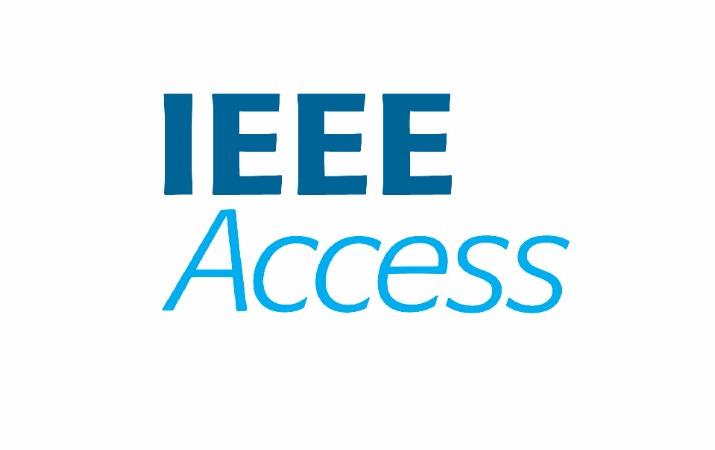To publish a research paper in IEEE, you need to pick the correct journal the first time adhering to the following guidelines:
- At first, you have to get customized recommendations for your article from the IEEE Publication Recommender tool.
- Then you have to conduct keyword research at IEEE Xplore Digital Library to get a list of publications with same content type.
- You have to check a list of references with topics related to your journal.
- Try to take peer and co-author suggestions
- You have to read the aim and scope of your potential target publications to ensure that your article is a good fit, which you can find at Aims and Scope section in the About tab of the journal homepage of IEEE Xplore.
- Always keep in mind that some publications only accept certain types of articles.
- You can submit an article to a publisher one at a time.
Read Article: Ideal Operating System for Higher Education – uLektz
IEEE journals provide submission guidelines in an “Information for Authors” document published in the journal or on a society’s website. According to your target journal, you can find the guidelines on the About tab at the journal’s homepage on IEEE Xplore. Click on Additional Information located in the left column.
If you fail to adhere to the guidelines mentioned in the Information for Authors, it can result in delayed processing of your submission or rejection without review or errors in your published article. If you follow the publication’s guidelines, it will help you to streamline your article’s process via submission and peer review.
Following the mentioned steps, you are eligible to submit your article. Click on the orange Submit Your Manuscript button on the journal’s homepage on IEEE Xplore. This will guide you to the journal’s online submission system and will walk you through the submission process.
Some Useful Tips
- Read the guide for authors thoroughly, it contains specific requirements which are related to ethics, open access options, copyright rule, funding body agreements. It also covers topics like article structure, abstract, highlights and keywords, accepted formats for artwork, data sources and video.
- Write in proper language. Otherwise it might let your article get rejected. Poor English is one of the main reasons for which articles get rejected mostly. To avoid this, get your manuscript proofread or edited by a professional manuscript reader.
- While preparing your manuscript, you have to give importance to the data that you are using. There are sites like Mendeley Data that hosts data research. Use interactive data visualizations in your article for presentation purposes. Before doing that, check the guidelines for visual presentations, so that you don’t fall into troubles later.
- Define authorship and role of the corresponding author in your article.
- Check if your article is plagiarism free or not. It is for proper citation practices.
- Check for definition of peer review and how it is conducted at IEEE on the About the Peer Review Process.
- Follow submission policies mentioned in IEEE Submission Policies and Editor Responsibilities mentioned in Responsibilities of the Editor.
There are some post-publication rules that you need to check:
- You can correct any metadata of your article after publication from Correcting Metadata in the IEEE Xplore Digital Library.
- You can retract your published article from Removing Access to Content in IEEE Xplore.
- You need to take IEEE Text and Data Mining permission before commercial mining purposes.
- For your readers and IEEE subscribers, IEEE preserves the digital publications and IEEE articles. They have partnered with Portico for this purpose.
Courtesy: HIGHER EDUCATION
Download uLektz Apps for Latest Educational News / Events / Scholarships
Follow us: #facebook #twitter #linkedin also enroll our skill course








